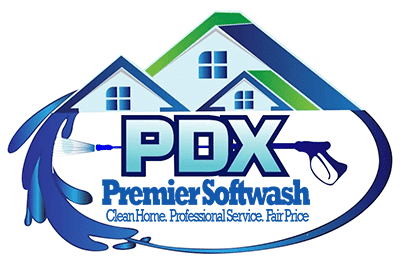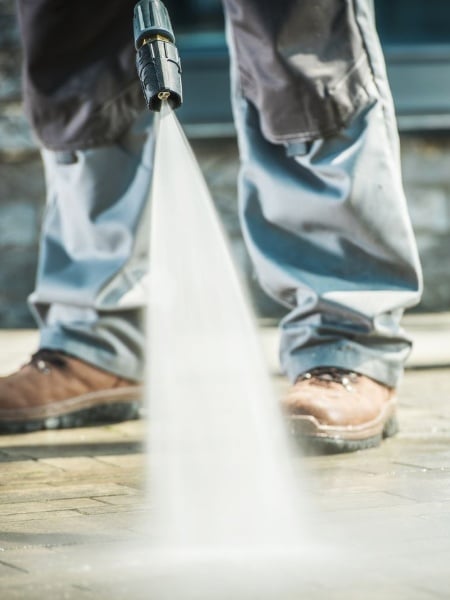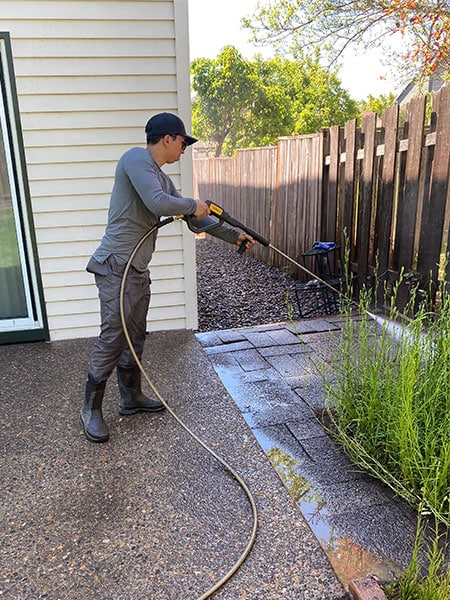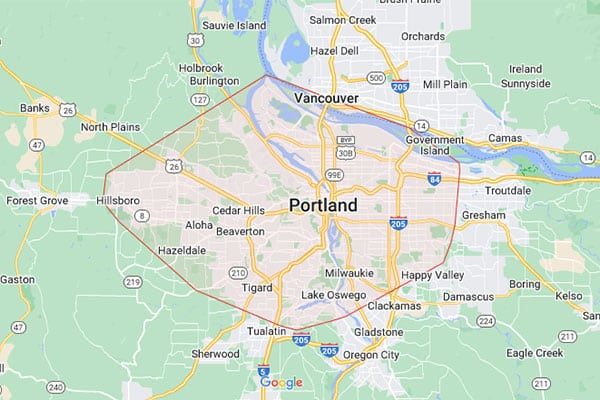
Let’s dive deeper into the differences between soft washing and pressure washing, along with their respective benefits:
Soft Washing:
Method:
Soft washing involves the use of low-pressure water, typically less than 500 PSI (pounds per square inch), along with specialized cleaning solutions. The solution is applied first to the surface, allowing it to penetrate and loosen dirt, algae, mold, and other contaminants. Then, the surface is rinsed with low-pressure water to remove the debris gently.
Benefits:
Gentle Cleaning: Soft washing is ideal for delicate surfaces such as roofs, siding, painted surfaces, and wood. The low-pressure water and specialized cleaning solutions effectively clean the surface without causing damage.
Prevents Damage: Unlike pressure washing, which can damage certain surfaces if not used properly, soft washing minimizes the risk of surface damage.
Effective Removal of Organic Growth: The cleaning solutions used in soft washing are designed to kill and remove algae, mold, mildew, and other organic growth, leaving surfaces clean and sanitized.
Example: A residential roof covered in algae and mold can be effectively cleaned using soft washing. The low-pressure water and specialized cleaning solution safely remove the contaminants without damaging the roof shingles or underlying structure.
Pressure Washing:
Method:
– Pressure washing utilizes high-pressure water, typically ranging from 1,500 to 3,000 PSI, to forcefully remove dirt, grime, stains, mold, mildew, and other substances from surfaces. It does not typically involve the use of cleaning solutions, although they can be added for tougher stains.
Benefits:
Efficient Cleaning: Pressure washing is highly effective for cleaning tough surfaces such as concrete driveways, sidewalks, patios, decks, and brick walls. The high-pressure water stream can quickly blast away stubborn stains and debris.
Restores Surfaces: Pressure washing can rejuvenate surfaces by removing built-up grime and restoring them to their original appearance.
Versatility: It’s suitable for a wide range of outdoor surfaces and can be used for both residential and commercial cleaning projects.
Example: A concrete driveway stained with oil spills and tire marks can be efficiently cleaned using pressure washing. The high-pressure water stream effectively lifts the stains and restores the driveway’s appearance.
In summary, soft washing is best suited for delicate surfaces requiring gentle cleaning and organic growth removal, while pressure washing is ideal for tougher surfaces that need a more forceful approach to remove stubborn stains and debris.











